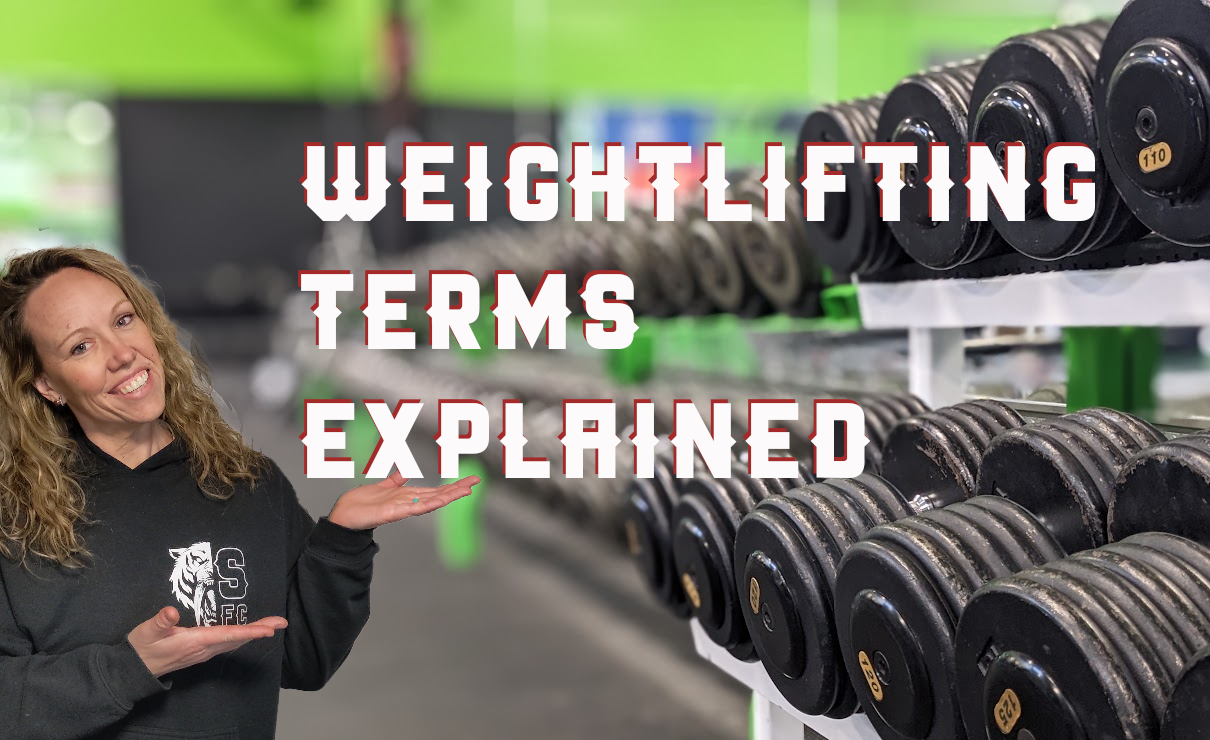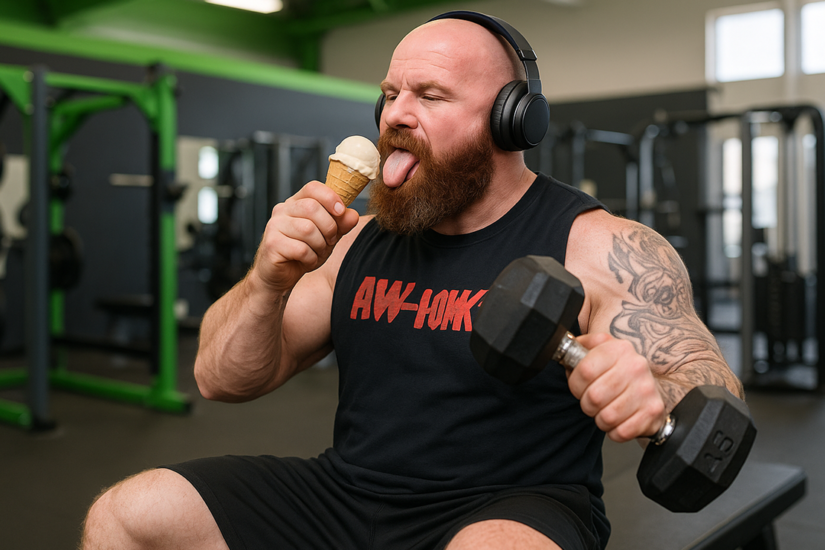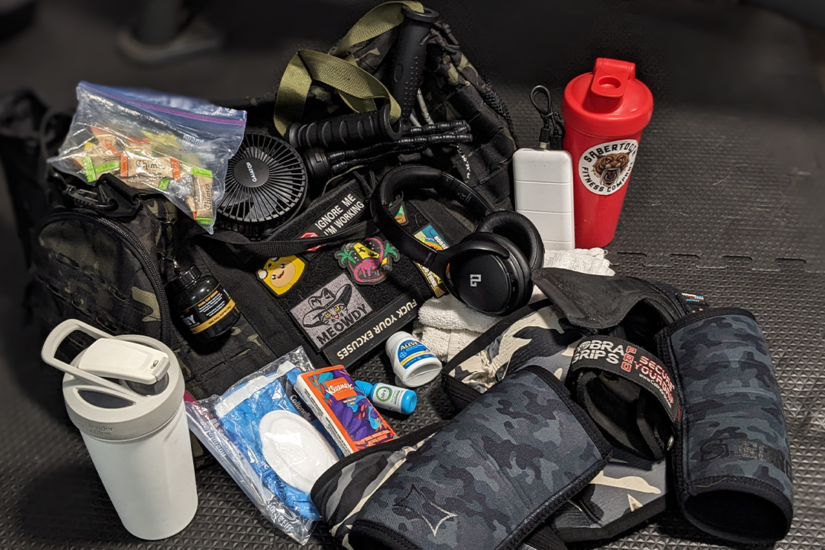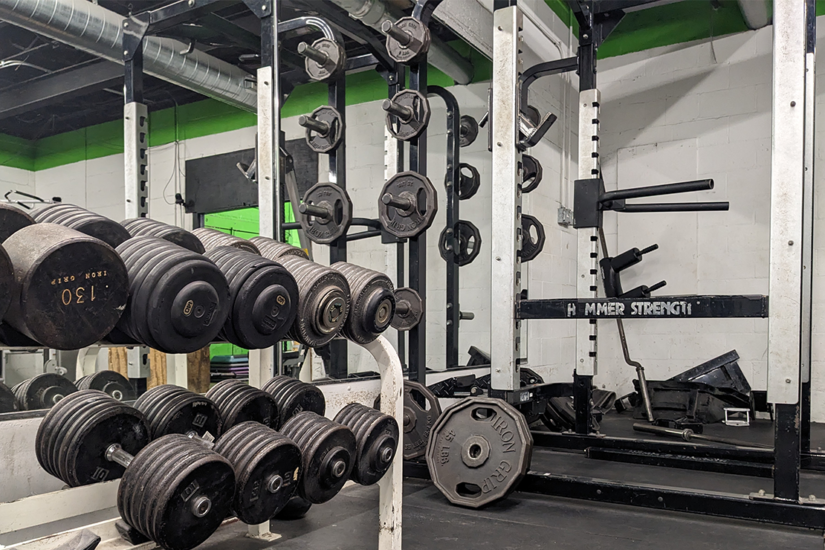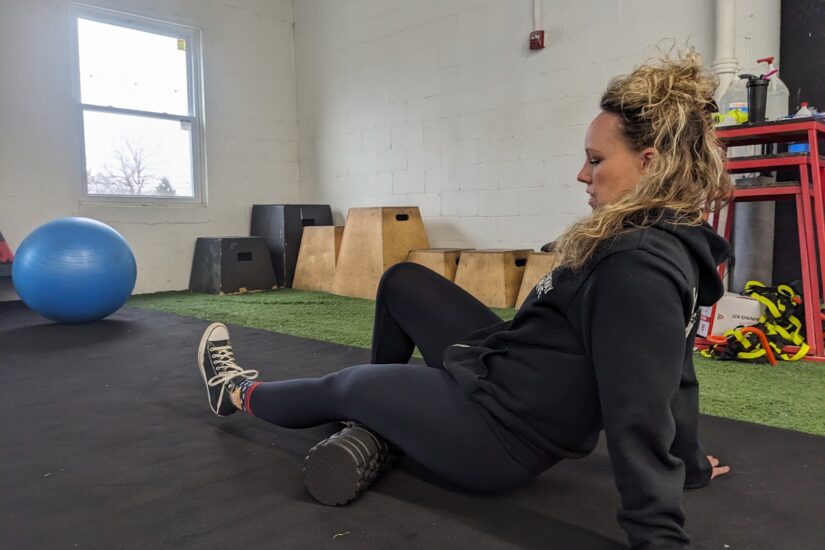Why Understanding Gym Jargon is a Game-Changer
Walk into any gym, and you’ll hear a language that sounds like a mix of science, strategy, and straight-up gym bro slang. “What’s your 1RM?” “Are you hitting compound movements today?” “Gotta work on that time under tension.” If you’re new to lifting, this might sound like a foreign language. But knowing weightlifting terminology isn’t just about sounding like you know what you’re doing—it’s about understanding how to train effectively, optimize your workouts, and get the best results.
Whether you’re a beginner or an advanced lifter, knowing these terms will help you communicate with trainers, follow programs with precision, and make sense of the science behind strength training.
The Basics – Understanding Common Weightlifting Terms
Before we get into the complex training methodologies, let’s cover the core principles. According to a study published in the Journal of Strength and Conditioning Research, understanding key terms like intensity, volume, and frequency helps lifters optimize their workouts and prevent common training errors.These foundational terms are essential for any type of strength training program.
The Foundation – Reps, Sets, and Weight
- Reps (Repetitions) – The number of times you perform a single movement of an exercise. For example, doing a bicep curl 10 times means you completed 10 reps.
- Sets – A group of reps performed consecutively. For example, if you complete three rounds of 10 reps, that’s three sets.
- Weight (Load/Resistance) – The amount of resistance used during an exercise, whether it’s a barbell, dumbbell, kettlebell, or machine.
- Form – The proper technique used to perform an exercise safely and effectively. Poor form can lead to injuries and reduce training effectiveness.
According to a recent study published by the Brititsh Journal of Sports Medicine examining the relationship between muscle-strengthening activities and the risk of all-cause mortality, cardiovascular disease (CVD), total cancer, diabetes, and lung cancer. “Muscle-strengthening activities were associated with a 10–17% lower risk of all-cause mortality, cardiovascular disease (CVD), total cancer, diabetes and lung cancer.“
Measuring Effort & Strength
- PR (Personal Record) – Your best performance in a specific lift, such as a max squat or deadlift.
- 1RM (One Rep Max) – The heaviest weight you can lift for a single repetition with proper form.
- Failure – The point at which you can no longer perform another rep with good form. Training to failure can be a key strategy for hypertrophy workouts and strength gains.
Biomechanics & Movement Principles
- Flexion & Extension: These are fundamental movement patterns in weightlifting. Flexion refers to decreasing the angle of a joint (e.g., curling a dumbbell), while extension increases the angle (e.g., straightening your arm during a triceps pushdown).
- Supination & Pronation: These refer to forearm rotations. Supination means turning the palms up (as in a bicep curl), while pronation means turning them down (as in a pull-up grip). Both are crucial for grip strength and exercise mechanics.
If you want to train flexion and extension, focus on movements that take your joints through a full range of motion under load. Bicep curls and leg curls emphasize flexion, while triceps extensions and leg extensions target extension. For supination and pronation, grip-intensive exercises like dumbbell curls (supination) and reverse curls or pull-ups (pronation) strengthen forearm control and overall wrist stability. Incorporating these into your routine ensures balanced muscle development and stronger, more resilient joints.
Training Variables
- Intensity – The level of effort in a workout, often measured relative to your 1RM. For example, lifting at 85% of your 1RM is high-intensity strength training.
- Volume – The total workload of a session, calculated as sets × reps × weight. Higher volume is often used for hypertrophy (muscle growth), while lower volume with heavier weights is used for strength.
- Frequency – How often you train a specific muscle group within a given period of time (e.g., training legs twice a week).
- Duration – The total length of a workout session.
These fundamental concepts set the stage for more advanced training methods and strategies, which we’ll cover next.
Weightlifting Techniques – Popular Training Methods
Now that we’ve covered the fundamentals, let’s dive into some of the most effective weightlifting techniques used to build strength, increase muscle mass, and enhance overall performance. Whether you’re looking to push past a plateau, improve endurance, or maximize hypertrophy, incorporating advanced training methods like drop sets, supersets, and rest-pause training can help challenge your muscles in new ways.
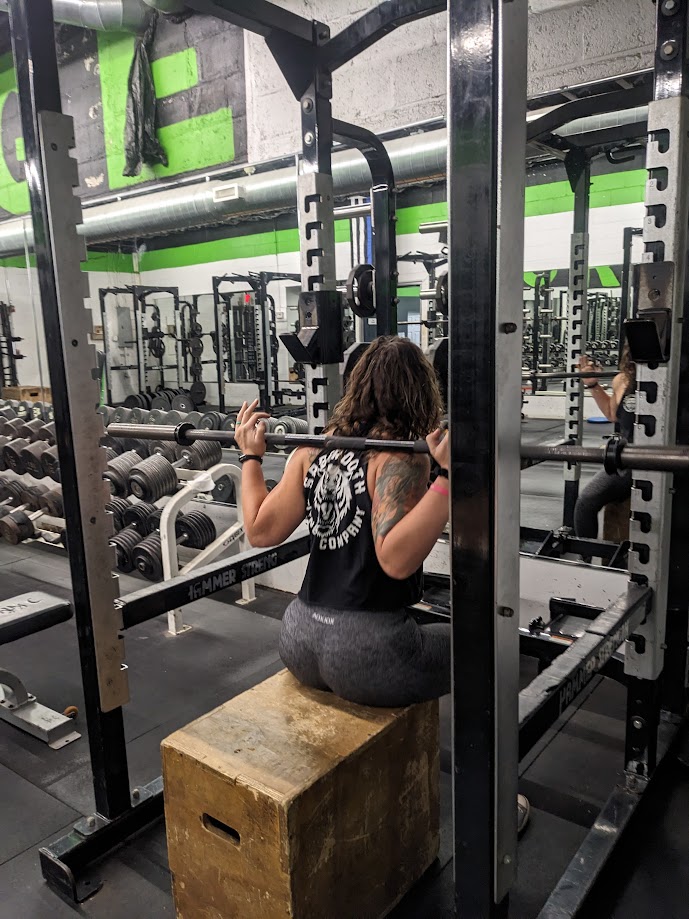
Intensity Boosting Methods
If you want stronger muscles, increased endurance, and better overall strength, these training strategies are for you:
- AMRAP (As Many Reps As Possible): You push yourself to complete as many reps or rounds as possible within a set period of time. Popular in AMRAP training and CrossFit.
- Drop Sets: After reaching failure, you immediately reduce the weight and continue lifting. This technique increases time under tension, which is crucial for muscular endurance.
- Supersets & Tri-Sets: Performing two to three exercises back-to-back with minimal rest. Great for time-efficient workouts and increasing metabolic rate.
- Cluster Sets: Breaking a set into smaller “clusters” with short rests in between allows you to lift heavier weights for more reps.
- Rest-Pause Training: Instead of stopping at failure, you take a short rest between reps and squeeze out a few more. This technique is great for building muscle size and endurance.
Advanced training techniques such as AMRAP and drop sets are widely used to push past plateaus and increase muscle endurance. According to research published in PubMed Central, drop sets have been shown to stimulate similar muscle growth and strength adaptations as traditional resistance training while improving training efficiency
Volume-Based Strategies
For those looking to maximize hypertrophy, volume-based training is a powerful approach.
“Hard work and training. There’s no secret formula. I lift heavy, work hard and aim to be the best.”
– Ronnie Coleman

- Push-Pull-Legs Split (PPL): One of the most popular training splits, PPL organizes workouts by movement patterns—Push (chest, shoulders, triceps), Pull (back, biceps), and Legs. This split allows for optimal recovery while maintaining frequency.
- Pyramids: A training method where you adjust weight and reps across multiple sets. You either increase weight as reps decrease (standard pyramid) or decrease weight as reps increase (reverse pyramid). Effective for building strength and endurance.
- German Volume Training (GVT): A high-volume 10×10 set method that forces muscle adaptation and increases muscle tissue size over an extended period.
Tempo & Muscle Activation Methods
If your goal is to maximize muscle growth, improve control, and build strength, you’ll want to experiment with tempo-focused training.
- Eccentric Training: Slowing the lowering phase of a movement to increase muscle damage and promote growth. Example: taking 4-6 seconds to lower the bar during a bench press. Eccesntric training is one of my most favorite training methods. I will say without hesitation that my lifting gains (strength & volume) noticeably increased after I incorporated eccentric training. Its different, its slower, its connecting better to your muscles, its a fantastic way to train, I highly recommend you use eccentrics in your training program.
- Isometric Holds: Pausing at the hardest part of a lift (e.g., holding a squat at the bottom). This improves stability and muscular endurance.
- Pre-Exhaustion Training: Performing isolation exercises first to fatigue a muscle before hitting a compound movement (e.g., doing lateral raises before shoulder presses).
Olympic Weightlifting Terms – Competition & Advanced Techniques
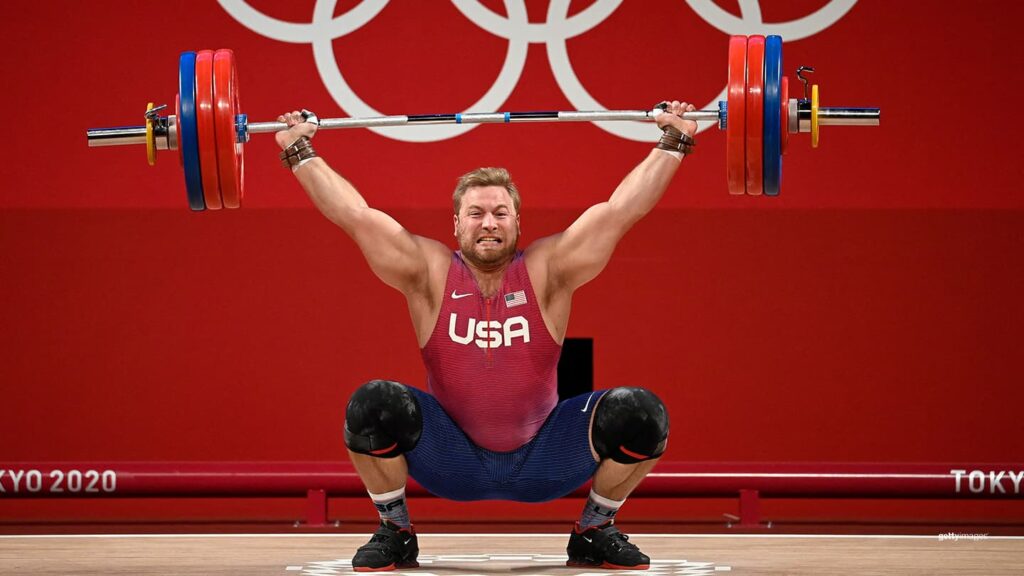
Olympic weightlifting is a whole different ball game. Unlike traditional strength training programs, which focus on progressive overload and muscle hypertrophy, Olympic weightlifting is all about explosive power, technique, and precision.
If you’re serious about learning the snatch and clean & jerk, understanding these terms will help you train with purpose and avoid common mistakes.
Core Lifts
Olympic weightlifting revolves around two primary lifts:
- Snatch: Lifting the barbell from the floor to overhead in one motion. This requires speed, flexibility, and precise coordination.
- Clean & Jerk: A two-part lift where the bar is first cleaned to the shoulders, then jerked overhead. The clean builds strength, while the jerk tests explosive power.
Both movements demand fluid motion and an incredible range of motion, making them some of the most technically challenging lifts in weightlifting sports.
Competition Terminology
If you’ve ever watched the Olympic Games, you’ve probably seen weightlifters stepping onto the platform with a look of sheer focus and intensity. Here’s what’s happening behind the scenes:
- Attempt: Each lifter gets three attempts per lift to post their highest total.
- No Lift: A failed attempt, either due to loss of control, improper form, or a technical fault (like dropping the bar too soon).
- Press Out: A lift is ruled invalid if the athlete does not achieve a smooth lockout with extended arms.
- Bomb-Out: If a lifter fails all three attempts in the snatch or clean & jerk, they receive a bomb-out, meaning they are disqualified from the competition.
- Olympic Total: The combined weight of a lifter’s best snatch and clean & jerk. This determines ranking and medal placement.
- Athlete Between Attempts: A common occurrence where lifters wait for their next turn while the timing clock ticks down. Strategic rest between sets is crucial here.
- Hook Grip: A grip technique where the thumb is tucked under the fingers for a more secure grip on the bar. This reduces grip fatigue and prevents the bar from slipping.
Olympic weightlifting isn’t just about lifting heavier weight—it’s about perfecting technique and timing under extreme pressure.
Powerlifting vs. Olympic Weightlifting
Although both focus on strength, powerlifting and Olympic weightlifting have key differences:
- Powerlifting: Consists of three lifts—squat, bench press, and deadlift—focused on maximal strength.
- Olympic Weightlifting: Involves two lifts—snatch and clean & jerk, which require explosive power, mobility, and precision.
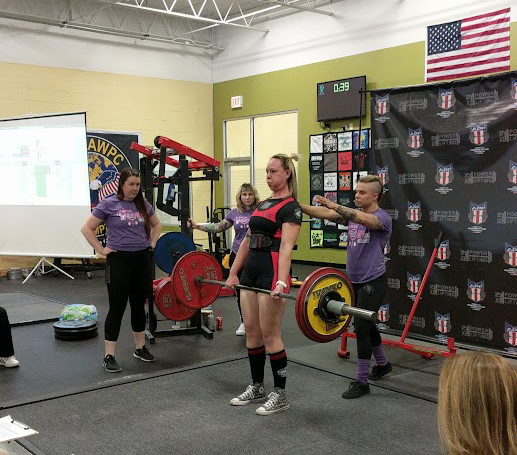
The Science of Strength – Biomechanics & Movement
Understanding the science behind strength training helps you lift smarter, safer, and more efficiently. Every lift follows specific biomechanical principles, and knowing how muscles contract and move can improve performance while reducing injury risk.
Muscle Contractions
Every rep you perform involves three types of muscle contractions, each with unique benefits:
- Concentric Contraction: The muscle shortens as it generates force (e.g., lifting the barbell during a barbell curl).
- Eccentric Contraction: The muscle lengthens under tension (e.g., lowering the bar during a dumbbell curl). Eccentric training is key for building muscle tissue and increasing strength.
- Isometric Contraction: The muscle contracts without movement (e.g., holding a plank or pausing at the bottom of a squat). Isometric holds increase stability and control.
Plyometrics
- Plyometric Training: These are explosive movements designed to increase power and speed. Exercises like box jumps, depth jumps, and clap push-ups train the muscles to generate force quickly.
- Why It’s Useful: Plyometrics are commonly used in athletic training, Olympic lifting, and powerlifting assistance work to improve reaction time and force output.
Movement Classifications
Lifts are categorized based on how they engage your body and joints. Understanding the difference between compound and isolation movements is key to structuring an effective training plan.
- Compound Exercises: Multi-joint movements that work multiple muscle groups (e.g., squats, deadlifts, bench press). These are essential for full-body strength.
- Isolation Exercises: Single-joint movements that target specific muscles (e.g., bicep curls, triceps extensions, leg curls). Great for muscle definition and injury recovery.
- Closed-Chain Exercises: Movements where your hands or feet are fixed against a surface (e.g., squats, push-ups). These exercises improve stability and strength.
- Open-Chain Exercises: Movements where your limbs move freely (e.g., dumbbell presses, leg extensions). These focus on muscle isolation and control.
Programming & Workout Design – Optimizing Strength Training

Building an effective training plan isn’t just about showing up and lifting heavy weights.
A well-structured program considers progression, recovery, and adaptation to ensure long-term gains without burnout or injury. If you’re looking for expert guidance to optimize your workouts, I recommend finding a NASM certified trainer that can help you create a custom plan tailored to your goals.
Training Principles
The best strength training strategies follow proven principles that maximize results:
- Progressive Overload: Gradually increasing weight, reps, or intensity to continuously challenge your muscles. Without this, strength and hypertrophy gains stall.
- Periodization: Structuring training into distinct blocks of training to vary intensity, volume, and recovery periods over time. This prevents plateaus and reduces injury risk.
- Linear Progression: A simple strength-building approach where weight is increased gradually (e.g., adding 5 lbs to your squat each week). Ideal for novice lifters.
Recovery & Adaptation
Strength gains don’t happen in the gym—they happen after when your muscles repair and grow stronger. Ignoring recovery can lead to overtraining and a decrease in muscle size instead of growth.
- Stress-Recovery-Adaptation Cycle: The body adapts to stress by rebuilding stronger. Proper rest between sets and between training sessions is essential.
- Deloading: A planned period of training time with reduced intensity or volume to allow full recovery and reset.
- Overtraining vs. Overreaching: Overreaching is a temporary state of extreme fatigue that can lead to greater gains when followed by recovery. Overtraining, however, leads to chronic fatigue, muscle loss, and decreased performance.
Gym Slang & Common Jargon
Step into any gym, and you’ll hear a mix of science-backed terms and gym-bro lingo. Understanding the slang helps you blend in, communicate effectively, and avoid confusion when someone yells, “You getting that pump?”
“Not many people understand what a pump is. It must be experienced to be understood. It is the greatest feeling that I get. I search for this pump because it means that that my muscles will grow when I get it. I get a pump when the blood is running into my muscles. They become really tight with blood. Like the skin is going to explode any minute. It’s like someone putting air in my muscles. It blows up. It feels fantastic.” ~ Arnold Schwarzenegger
Terms You’ll Hear in the Gym
- Gains: The holy grail—muscle growth and progress from consistent training and nutrition.
- Pump: The temporary swelling of muscles from increased blood flow during a workout. A good pump makes your muscles look bigger and fuller.
- Mirin’: Gym slang for admiring someone’s physique (e.g., “Bro, you mirin’ my bench press gains?”).
- Newbie: A beginner lifter, often still learning proper form and basic exercises.
- ATG (Ass to Grass): Refers to deep squatting with maximum depth, where the glutes nearly touch the heels.
- Broscience: A term for gym myths and training advice with no scientific basis, often spread by word-of-mouth. Example: “You have to eat protein immediately after training, or your gains are wasted!”
Knowing these common gym terms can help you navigate the gym culture and communicate like a seasoned lifter.
Conclusion – Becoming Fluent in Weightlifting Language
At the end of the day, knowing the language of the gym isn’t just about throwing around fancy terms—it’s about training with intention, pushing yourself further, and walking into any weight room with confidence. Whether you’re chasing strength gains, muscle growth, or mastering Olympic lifts, understanding the key weightlifting terms means you’re not just following a workout—you’re owning it.
Think about it: the difference between someone who shows up and lifts versus someone who trains with purpose, is knowledge.
When you know the difference between progressive overload and periodization, or why eccentric training torches your muscles in the best way possible, you stop guessing and start training smarter.
But here’s the real kicker—gym terminology is just the beginning. Knowing the lingo doesn’t mean a damn thing if you’re not putting in the work. You can talk about compound movements, hypertrophy workouts, and one-rep maxes all day long, but unless you’re showing up, lifting heavy, and pushing past your limits, it’s just words.
So take what you’ve learned here, step into the gym, and apply it. Lift with purpose, train with intensity, and never stop leveling up. Because when you put in the work, the results speak for themselves.
Stay Strong & Swole!
~ Rob



